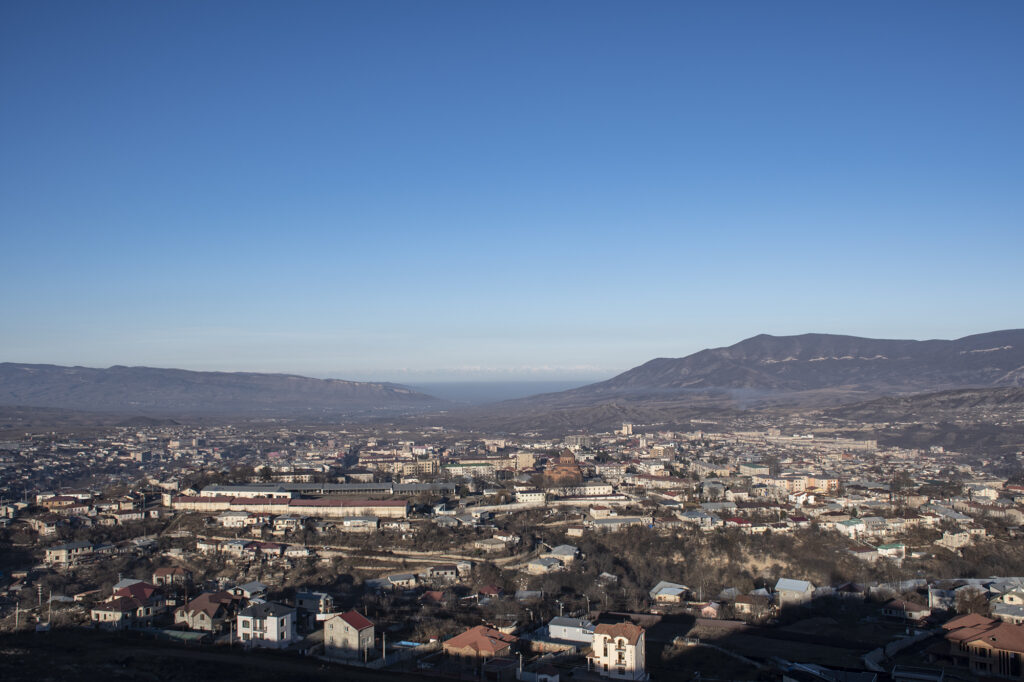As tensions rise on the Armenia-Azerbaijan border, the main pipeline supplying gas to Nagorno-Karabakh has reportedly been damaged. As a result, the majority of Nagorno-Karabakh’s population has found itself without heating.
The damaged section of the pipeline is in Azerbaijan-controlled territory. According to the spokesperson of Nagorno-Karabakh Ministry of Internal affairs Hunan Tadevosyan, Russian peacekeepers have reached an agreement with the Azerbaijani forces to allow the sappers of the State Emergency Situations Service to carry out ‘demining and reconnaissance work in that area’.
Shortly thereafter, Tadevosyan reported that an Armenian repair crew was prevented from entering the area. A representative of Russian peacekeeping forces told Sputnik Armenia that negotiations on resolving issues concerning the pipeline are ‘underway’.
According to authorities in Nagorno-Karabakh’s capital of Stepanakert (Khankandi) the pipeline, which originates in Armenia, was damaged near Azerbaijani military positions in the Shusha (Shushi) region.
Meanwhile, Nagorno-Karabakh’s National Security Service stated it is ‘taking measures’ to find out the reasons for the disruption, and include as a possibility, actions by the Azerbaijani military.
The Human Rights Defender of Nagorno-Karabakh, Gegham Stepanyan, told Azatutyun that he considers it possible that Azerbaijan has ‘simply blew up the pipeline’.
Roughly 120,000 people live in the parts of Nagorno-Karabakh administered by Armenian authorities in Stepanakert. Most rely on gas for heating during winters characterised by frequent sub-zero temperatures.
Renewed tensions
Over the last week, several violent incidents have been reported on the Armenia-Azerbaijan border and in Nagorno-Karabakh.
On 7 March, Armenian authorities reported that one Armenian soldier was killed, and another wounded on Armenia’s border with Azerbaijan’s exclave of Nakhchivan.
Both Armenian and Azerbaijani authorities also reported repeated ceasefire violations on Nagorno-Karabakh’s line of contact from 6 to 9 March.
In February, videos were been published on social media apparently showing Azerbaijani forces using loudspeakers to threaten to evict the residents of the Armenian-inhabited Nagorno-Karabakh villages of Khramort (Pirlar) and Norshen (Yenikand) ‘by force’, if they do not vacate their villages peacefully.
‘The responsibility for the losses will fall on you’, can be heard blaring in one video. In videos published this month, it appears the threats have been replaced by the broadcasting of particularly high decibel calls to prayer, the Azerbaijani national anthem, and selections from the Koroghlu opera.
For ease of reading, we choose not to use qualifiers such as ‘de facto’, ‘unrecognised’, or ‘partially recognised’ when discussing institutions or political positions within Abkhazia, Nagorno-Karabakh, and South Ossetia. This does not imply a position on their status.




 9 March 2022
9 March 2022



